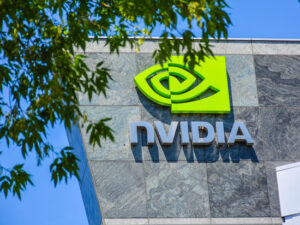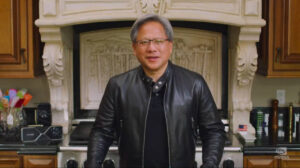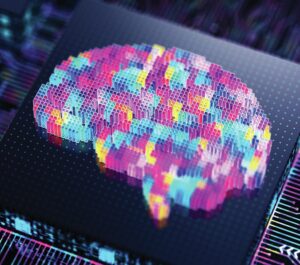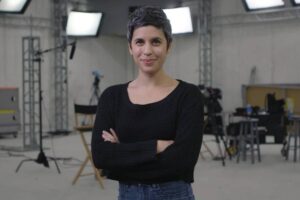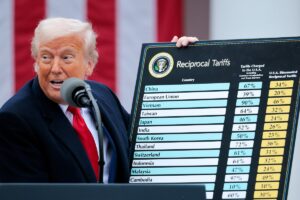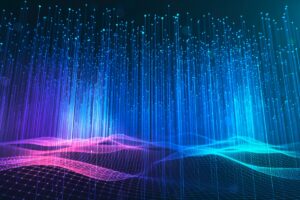Artists Respond to A.I. Dolls and Action Figures: ‘Human Made’
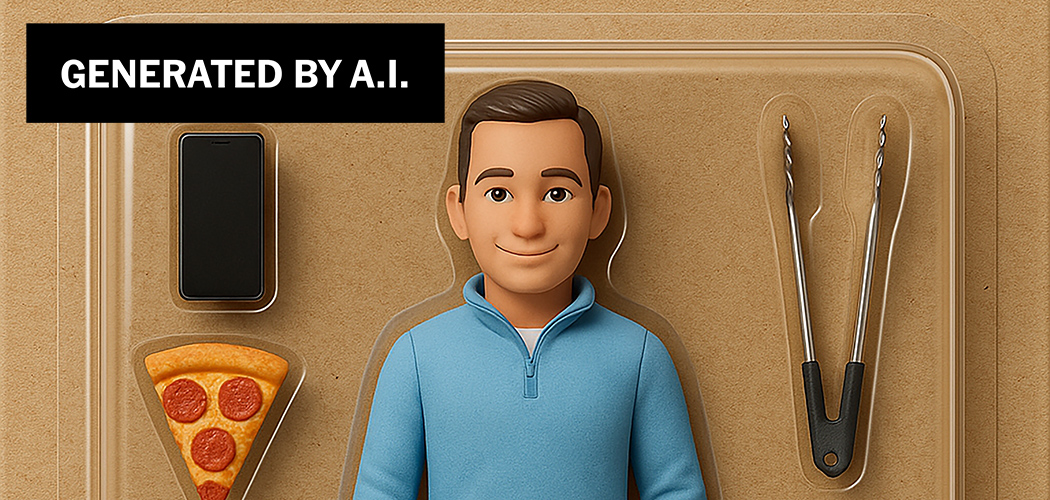
The Rise of AI-Generated Action Figures
Brooke Shields and Marjorie Taylor Greene Join the Trend
Recently, actress Brooke Shields made headlines when she shared a photo on social media featuring an action figure designed to look like her. This special figurine includes a needlepoint kit and a pet terrier. In a playful twist, Representative Marjorie Taylor Greene from Georgia, also embraced this trend by imagining her own action figure, complete with a gavel and a Bible.
What’s Behind This Trend?
These realistic dolls are not available in toy stores; instead, they are the result of advanced artificial intelligence (AI) technology, including tools like ChatGPT. Over the past few weeks, many social media users have begun using AI to create Barbie-inspired versions of themselves, their pets, or even famous figures from history and pop culture. For instance, personalities like Anna Wintour and classics such as composer Ludwig van Beethoven have also been transformed into these quirky figurines.
The Role of AI in Art
This novel way of creating action figures highlights the power of AI in art and design. With the ability to generate detailed visuals, tools such as AI can replicate and, in many cases, enhance creative ideas. However, this innovation comes with concerns and debates among artists and illustrators. Many professional illustrators have raised alarms about using unlicensed artwork to train AI systems. They worry that this could negatively impact their careers and the industry as a whole.
Concerns Among Illustrators
The advent of AI-generated creations has sparked frustration among artists. Many illustrators stress that using their work without permission can lead to feelings of betrayal and a loss of income.
- Unlicensed Artwork: Artists emphasize the importance of consent when using their illustrations for AI training, as AI tools learn from a vast amount of data, including uncredited artwork.
- Effects on Livelihood: There are significant worries that the rise of AI art could jeopardize opportunities for professional illustrators and diminish the value of original artworks.
- Response from Artists: To counteract AI’s impact, some illustrators have taken matters into their own hands. They’ve shared their own versions of action figures, showcasing their creative skills and promoting the importance of human artistry in the age of technology.
The Creative Community’s Response
One notable response comes from artist Linh Truong, who illustrated an action figure version of herself with her sketchbook and her pet cat, Kayla. In her artwork, a text bubble proclaims “HUMAN MADE,” highlighting the value of human creativity amidst the rise of AI tools. Such actions aim to encourage people to appreciate traditional art forms and recognize the unique touch that human artists bring to their work.
The blending of AI with personal creativity creates an exciting landscape for both artists and enthusiasts. While AI offers tools for imagination and innovation, it also opens up discussions about ethics, copyright, and the future of creative industries.
Summary of AI-Generated Action Figures
As this trend continues to evolve, it presents an intriguing look at how technology intersects with creativity. While it allows for fun and personalized reminders of popular culture, artists remain cautious and assertive about protecting their rights and livelihoods amidst this shift. The dialogue between AI advancements and human artistry is just beginning, and the outcomes will likely shape the future of creative expression.

